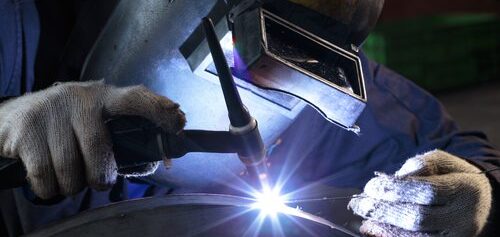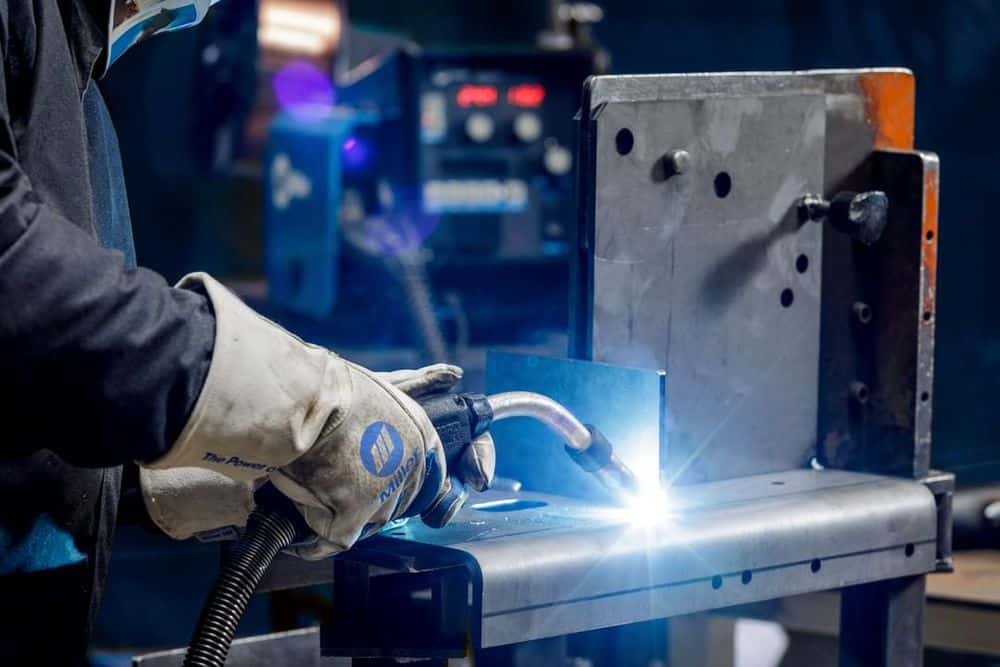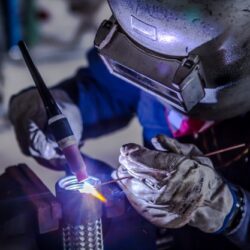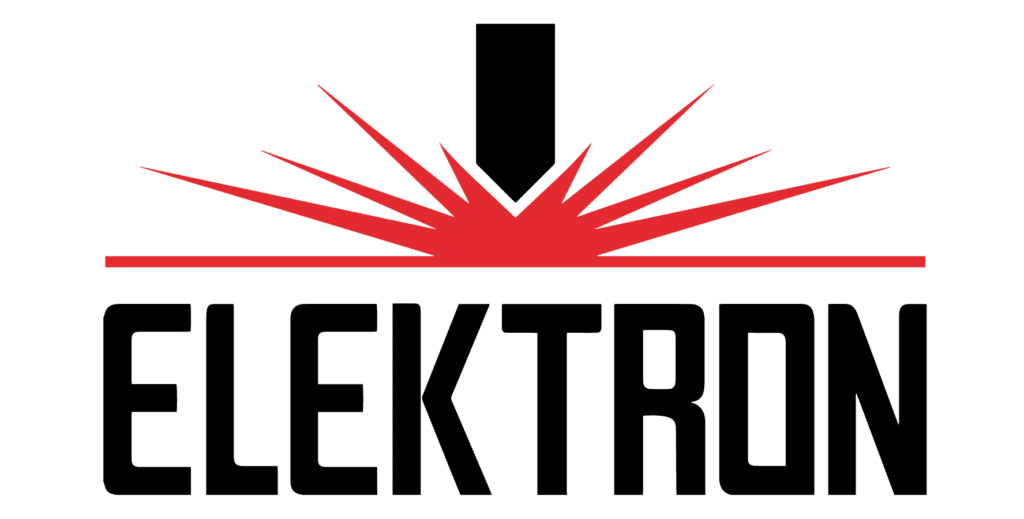
Are you faced with the choice of a welding method? You don’t know whether to opt for TIG or MIG? Are you not even sure what they mean? In the last article devoted to welding, we described in detail the welding of steel structures using the MIG and TIG methods, but today we would like to devote some time to the main differences between these methods, and we will try to answer which one is the most advantageous.
What is MIG welding?
We devoted an entire article to this method some time ago. If you would like to read the details, please click on this link. Here we will only recall the most important facts. So what is the MIG method?

The expression MIG is an abbreviation derived from the English language Metal Inert Gas, which in free translation means a method of welding in a noble metal shield. MIG welding is a process for joining materials by welding that uses a so-called shielding gas. Shielding gas is a chemically inert substance. Most often, helium or argon gas is used in MIG welding.
In the MIG method, the electric arc glows between the material to be welded and the electrode in the form of a wire. There are two main components in this method: the arc and the molten metal pool. They are protected by the action of an inert or active gas stream. The technique is suitable for welding most materials, as it allows the selection of electrode wires and shielding gases for specific metals. MIG welding allows you to weld aluminium, copper, and magnesium, as well as alloys of these metals without iron or their mixtures.
MIG welding parameters on average
- current: 40–500 A [2]
- thermal power: 1.25 kW [2]
- electric voltage: 14–28 V
- welding speed 0.2–0.5 m / min
- welding wire diameter: usually 0.6 – 4.0 mm [2]
- The shielding gas flow rate is 12–30 l/min.
What is TIG welding?
As in the case of the MIG method, we have presented the type of TIG in detail in this article, so we invite you to read it.
TIG, meaning Tungsten Inert Gas or GTAW, which means Gas tungsten arc welding, is a welding method with a non-consumable tungsten electrode in an inert gas shield. As in the previous technique, the most commonly used gases are argon, helium, or mixtures thereof. TIG welding is marked with code 141.

The arc then glows between a non-consumable electrode made of pure tungsten or tungsten treated with oxides such as thorium, zirconium, lanthanum oxides and the material. Most often, the tungsten electrode, i.e., the TIG torch, is connected to the negative pole, and the ground terminal to the positive pole of the welder, which increases the amount of heat at the site of the weld.
The main advantages of MIG welding are:
- performance;
- universality—the possibility of welding various materials;
- possibility of implementation on many levels;
- high quality of the weld.
- universality—the possibility of welding elements in various planes and various thicknesses,
- The high quality of the weld
- 0.05 mm, the possibility of welding sheets
- There is no liquid material splashing.
The most common uses for both methods are:
- The MIG method is most often used for welding carbon steel and structural steel.
- The TIG method is most often used for welding low-alloy and high-alloy steels as well as aluminium, nickel, copper, magnesium, and their alloys.
Which method to choose?
Both techniques have advantages and disadvantages and can be used to weld a wide variety of materials. The most important issue is, therefore, the appropriate adjustment of the parameters and selection of the best variant for a specific material. The TIG method enables the production of a high-quality and clean weld, which means that it does not require additional cleaning after welding. However, the quality in the case of using the MIG method largely depends on the skills of the welder.

